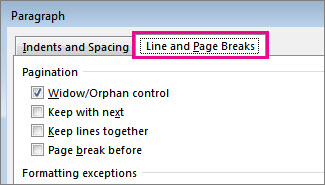


To Square or Not to Square: That is the Question What happens when you eliminate the widows and orphans? You lose your squared-up pages. And since they don’t look very neat and tidy, you might think that’s a good idea.īut wait! There’s another entire group of people who, although they don’t like widows and orphans either, prefer them to the alternative. Now some people hate these widows and orphans, and they will do anything to get rid of them. On other pages, just the last line of a paragraph may bump to a new page, leaving a stub of a line at the top. If you get to the bottom of a page and there’s only room for one more line, and that line is the first line of a paragraph, you will have an odd look at the bottom of that page.

That means in a manuscript of 75,000 words you will be dealing with over 800 paragraphs and 5,000 line endings.īecause there are so many paragraphs, there’s a kind of random distribution that happens in books. There are probably about 90 words in a typical paragraph. Text consists of letters built into words, which are strung into sentences sequenced into paragraphs. Okay, you need to know what “squared-off pages” and “widows” and “orphans” mean when talking about book pages, so let’s look at those first. There’s one decision every book designer has to make on most every book of prose they work on: squared-off pages versus no widow or orphan lines. People often seem to divide themselves neatly into two camps: shirts versus skins, innies versus outies, grow it out versus shave it off. This article presents both so you can make an informed choice. In Brief: In book design we have to decide which style of pagination to choose.


 0 kommentar(er)
0 kommentar(er)
